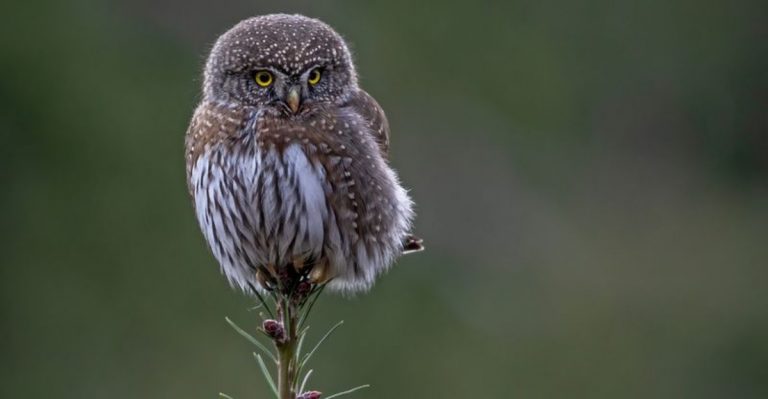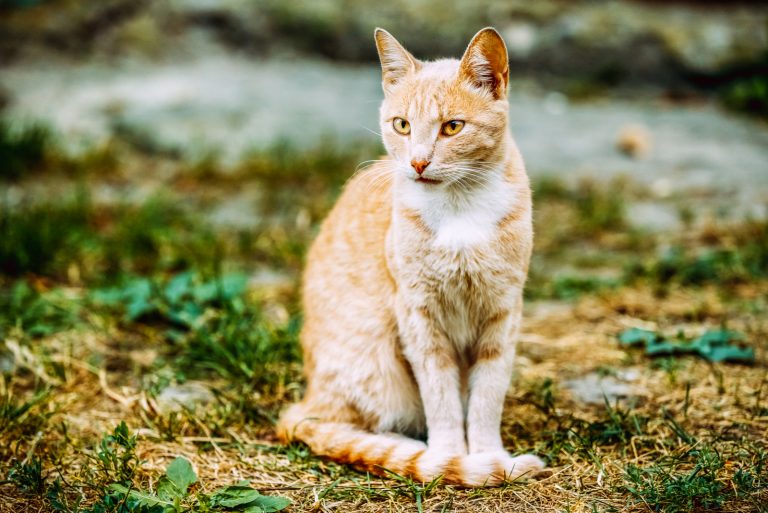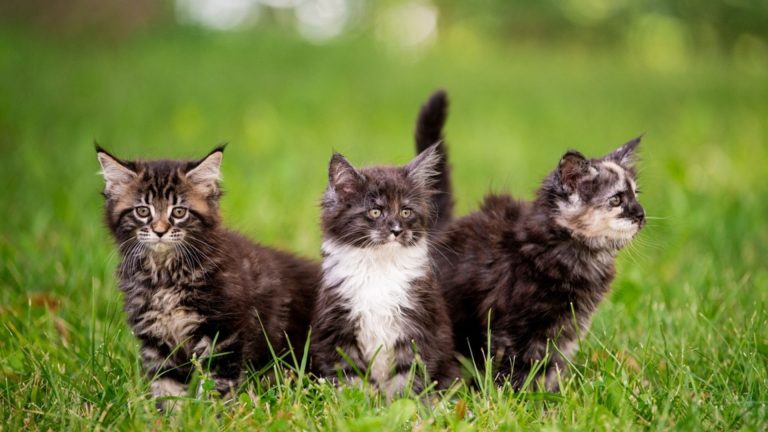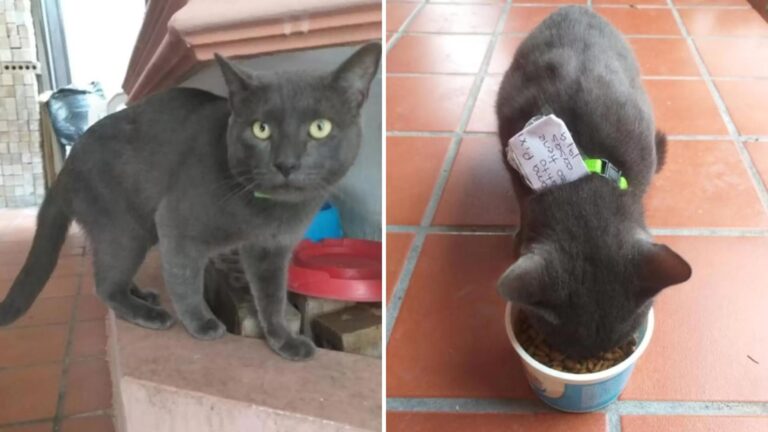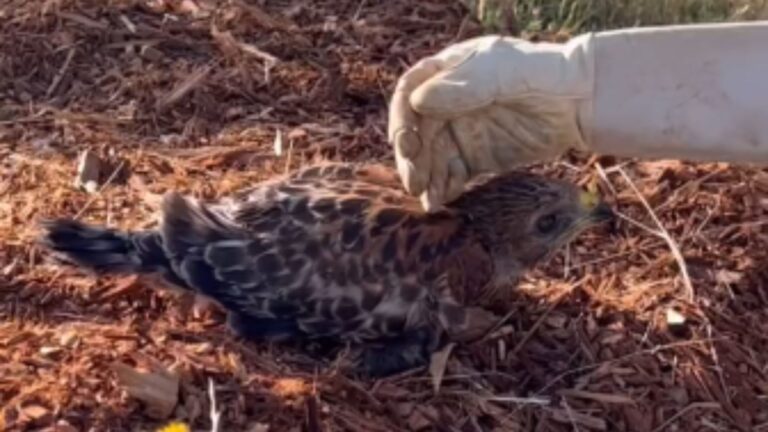15 Most Expensive Pets You Can Own In The U.S.
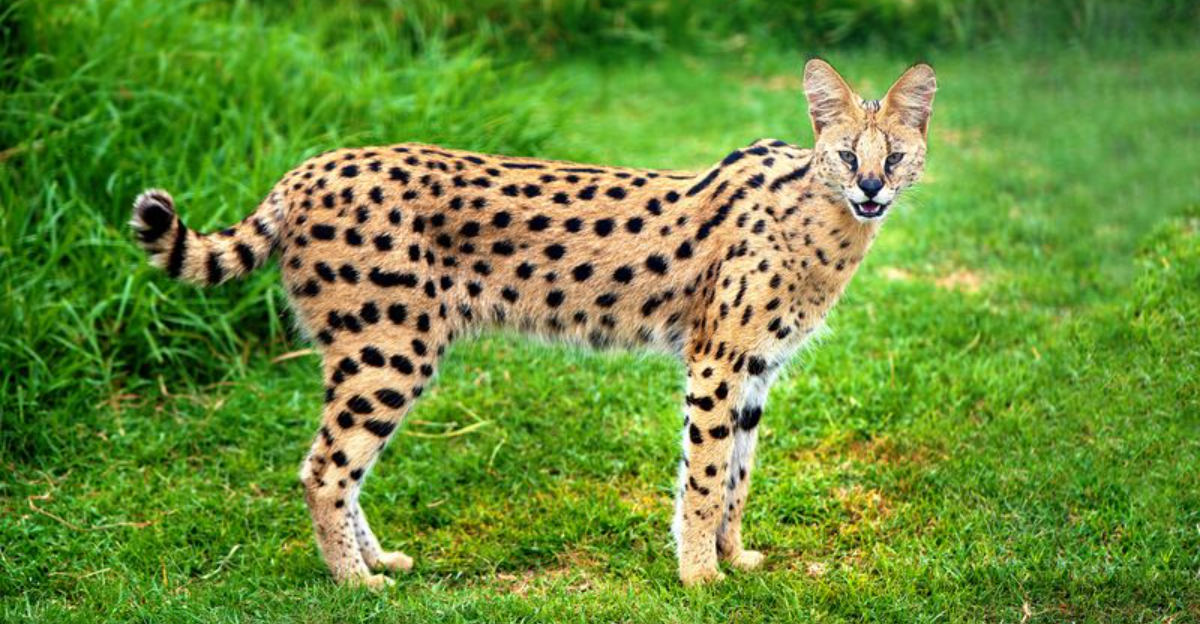
Ever wondered what it costs to own truly exotic animals? While most of us are content with dogs and cats, some pet enthusiasts pursue rare and unusual companions that come with jaw-dropping price tags.
From majestic dogs to exotic reptiles, these luxury pets require not just hefty upfront costs but specialized care, unique habitats, and sometimes even special permits.
1. Tibetan Mastiff
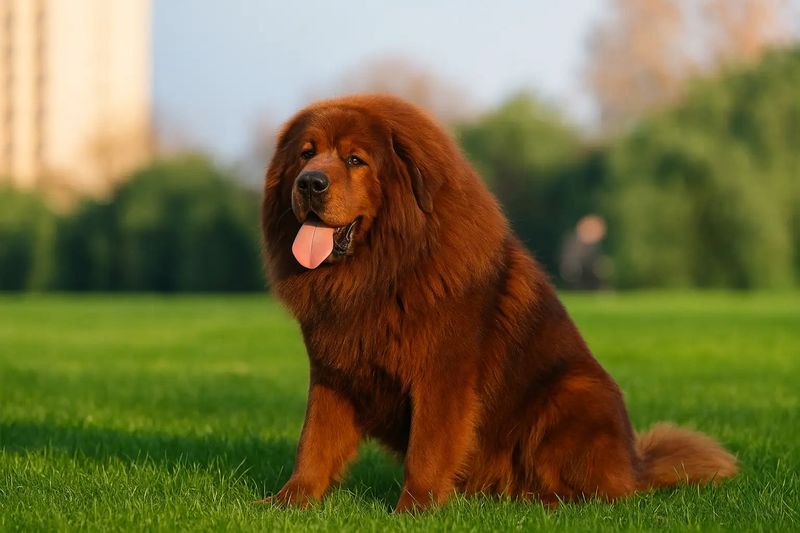
Resembling a lion with their magnificent manes, these ancient guardian dogs once protected Tibetan monasteries from wolves and leopards.
Their regal appearance and fierce loyalty command astronomical prices. A red Tibetan Mastiff named Hong Dong sold for a staggering $1.9 million in China, making history as one of the priciest canines ever purchased. These gentle giants can weigh over 150 pounds!
2. Savannah Cat
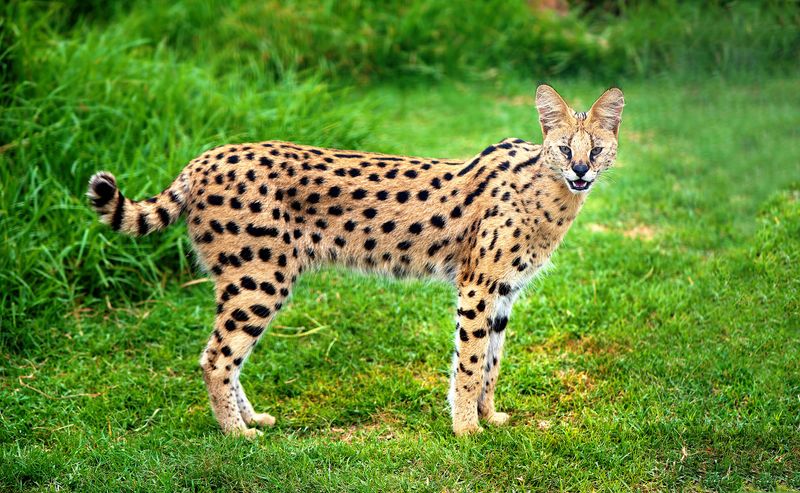
Striking feline royalty with wild serval ancestry, Savannah cats captivate with their exotic spotted coats and extraordinary height, often standing taller than many small dogs when on hind legs.
F1 generation Savannahs (those with serval parents) fetch the highest prices due to their pronounced wild features. These athletic jumpers can leap over 8 feet high and often enjoy playing in water, unlike typical house cats.
3. Hyacinth Macaw
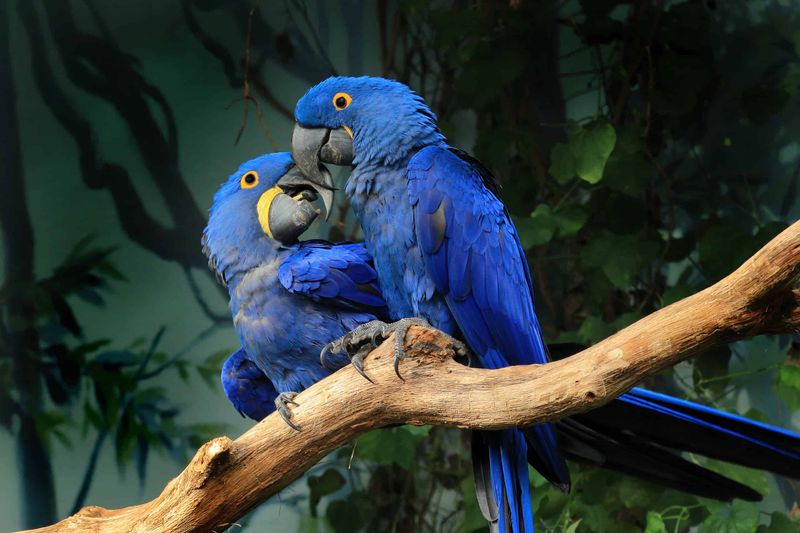
Nicknamed ‘blue giants,’ these stunning cobalt birds reign as the largest flying parrots on earth. Their intelligence rivals that of a 4-year-old child, allowing them to learn complex tricks and solve puzzles.
With lifespans reaching 60+ years, purchasing a Hyacinth Macaw means committing to a companion that might outlive you! Their endangered status in the wild contributes significantly to their steep price tag.
4. Lavender Albino Ball Python
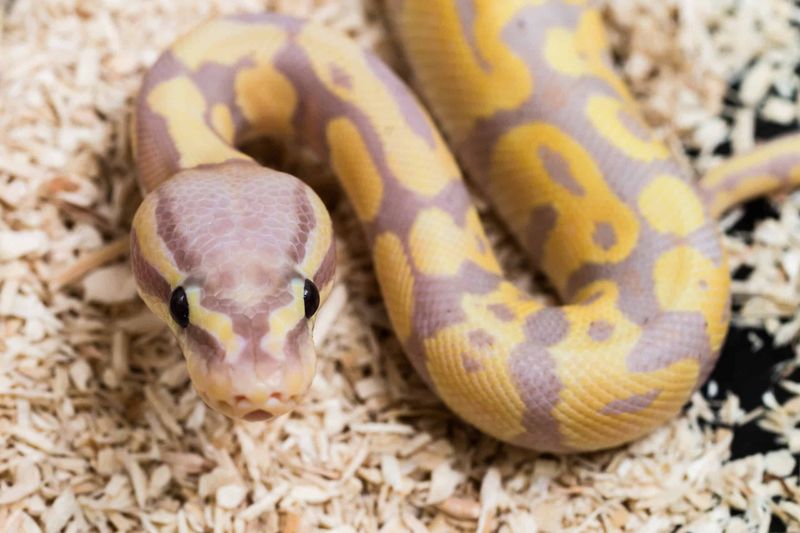
Snake enthusiasts swoon over these ethereal reptiles, whose bodies shimmer with delicate lavender and buttery yellow hues instead of typical python patterns. First discovered in 1999, they remain one of the rarest python morphs.
Breeding these genetic marvels requires patience and precision. Successful pairings might produce just one lavender albino among several normal offspring. Collectors eagerly pay premium prices for specimens with vibrant coloration and clean patterns.
5. Arabian Horse
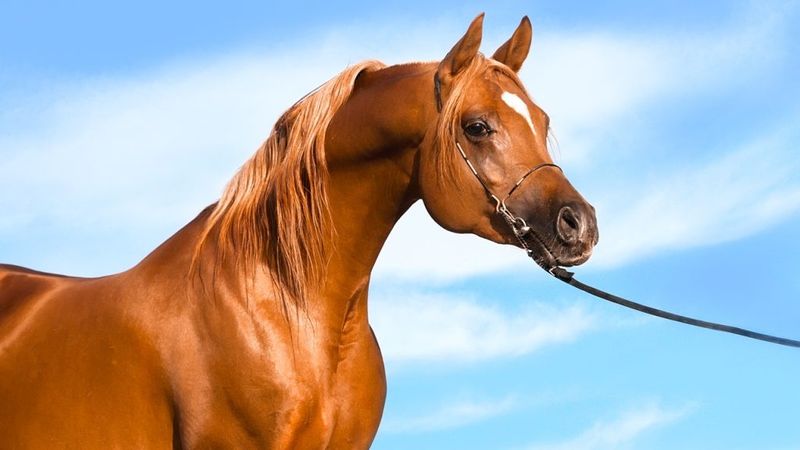
Celebrated in poetry and art for thousands of years, Arabian horses blend breathtaking beauty with legendary endurance. Their distinctive dished faces, arched necks, and high-carried tails create an unmistakable silhouette.
Purebred Arabians with champion bloodlines command astronomical sums. Beyond purchase price, expect to invest thousands annually in boarding, training, and veterinary care. These intelligent equines form deep bonds with their owners.
6. Chimpanzee
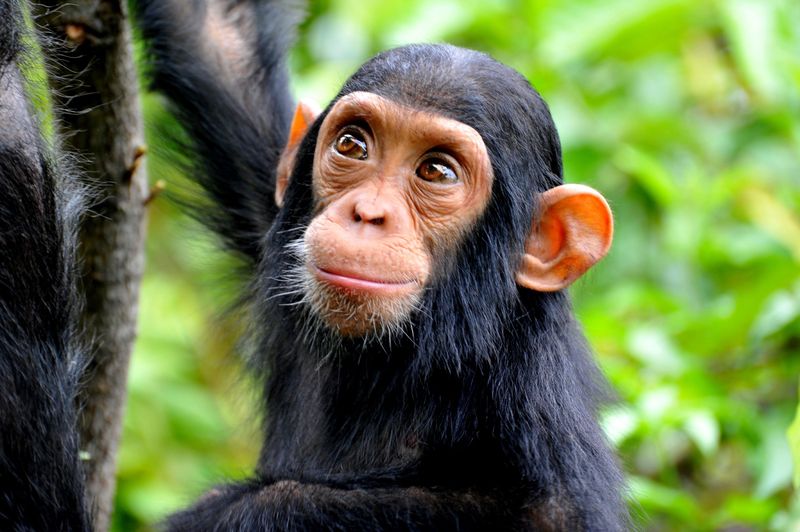
Sharing 98.6% of our DNA, chimps represent perhaps the most controversial exotic pet choice. Baby chimps may seem adorable and human-like, but they grow into powerful adults with unpredictable temperaments.
Ownership requires specialized facilities and is illegal in many states. Ethical concerns abound, as these highly social primates suffer psychologically when removed from their communities. Most reputable experts strongly discourage keeping chimps as pets.
7. Palm Cockatoo
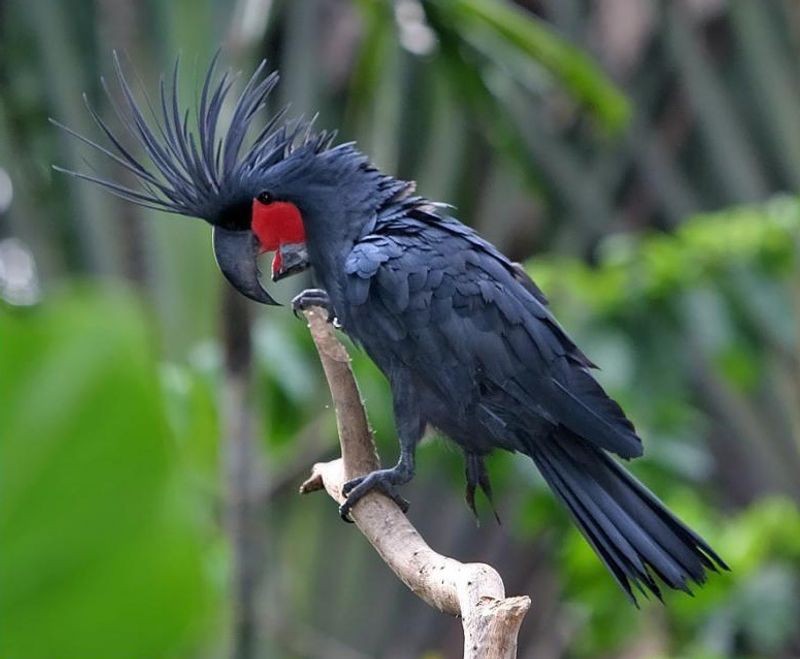
Nicknamed the ‘Goliath’ of the cockatoo world, these charismatic birds sport punk-rock crests and charcoal plumage. Their most fascinating trait? They’re natural drummers who fashion sticks to tap rhythmically during courtship displays!
Native to northern Australia and New Guinea, Palm Cockatoos rarely breed in captivity, making captive-bred specimens extraordinarily valuable. With potential 90-year lifespans, these intelligent birds require lifetime commitments and often outlive their owners.
8. De Brazza’s Monkey
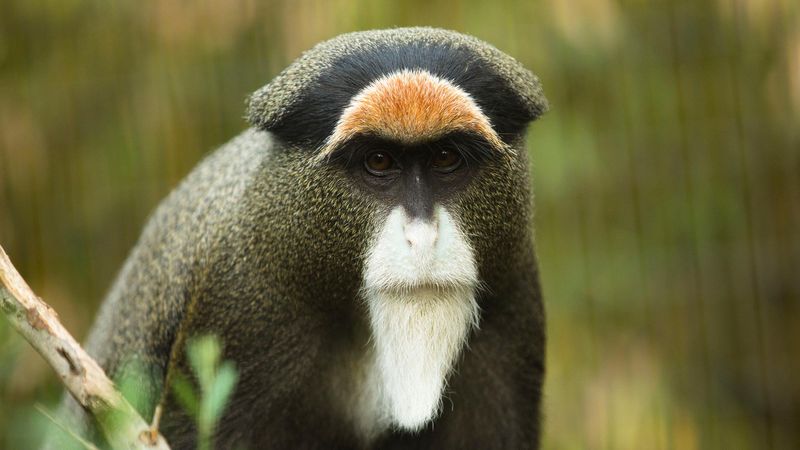
Sporting distinctive white beards that would make Santa jealous, these dapper primates remain among the rarest monkeys in the pet trade. Their contemplative expressions and calm demeanor hide remarkable intelligence.
Native to central African wetlands, De Brazza’s monkeys live 20+ years and require specialized diets and large, enriched enclosures. Ownership laws vary drastically by state, with many prohibiting these exotic primates entirely.
9. White Lion Cubs
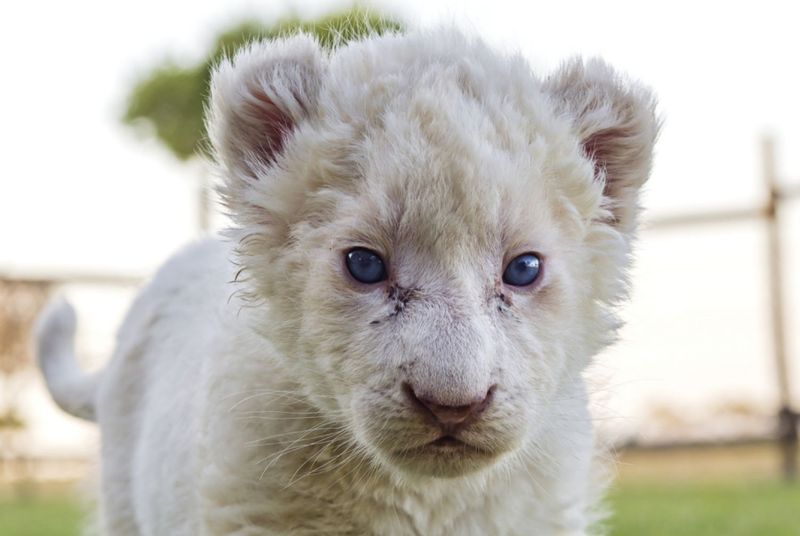
Mystical creatures of legend, white lions aren’t albinos but carry a rare recessive gene causing their cream-colored coats. With fewer than 300 existing worldwide, they’re among the most coveted exotic animals.
Ownership requires extensive permits, massive enclosures, and specialized veterinary care. Many states ban private ownership entirely. Reputable sanctuaries argue these majestic cats belong in conservation programs, not private collections.
10. Savannah Monitor
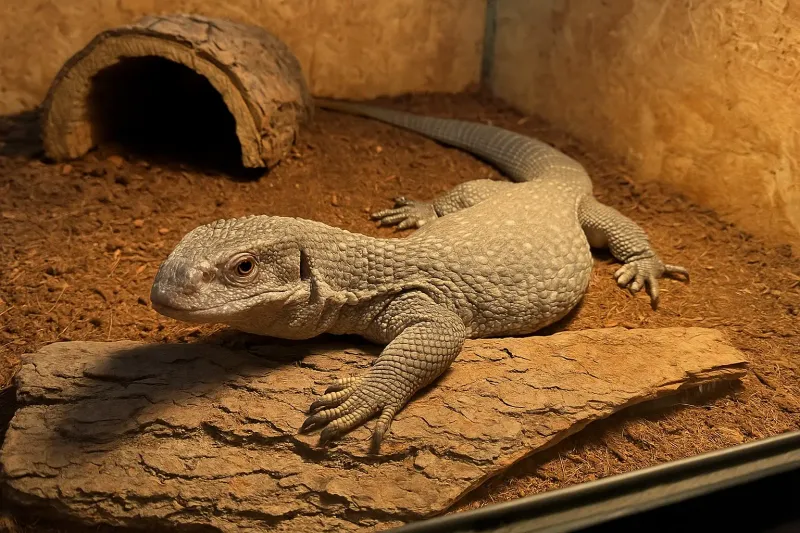
Roaming the African grasslands in the wild, these muscular reptiles bring prehistoric drama to private collections. Their forked tongues constantly sample the air, processing scent information through specialized organs in their mouths.
Premium specimens with vibrant patterns command thousands from serious collectors. Housing these 4-5 foot lizards requires custom enclosures mimicking their native habitat, complete with heating zones, humidity control, and sturdy construction to contain their powerful digging abilities.
11. Capuchin Monkey
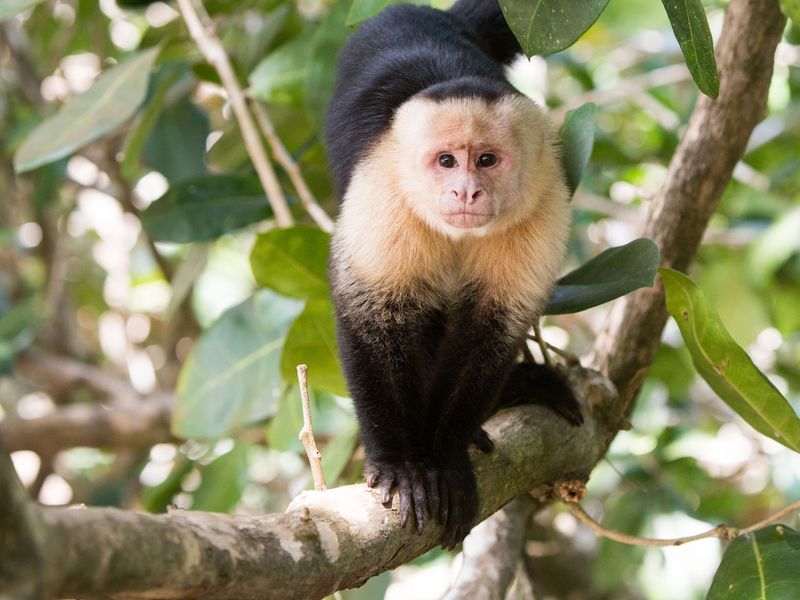
Famous from movies and TV shows, these charismatic little primates possess problem-solving skills that rival young children. Their expressive faces and dexterous hands enable them to manipulate objects with surprising precision.
Despite their charm, capuchins present enormous challenges as pets. They require constant stimulation, specialized diets, and decades of care. When bored or frustrated, they can become destructive and aggressive, often targeting household items or even their owners.
12. Stag Beetle
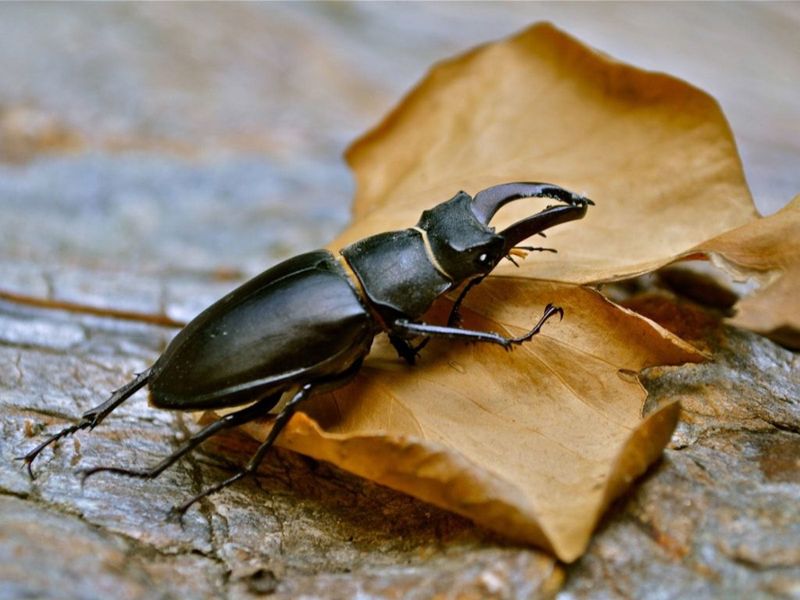
Believe it or not, these armored insects command astronomical prices among dedicated collectors. Japanese enthusiasts particularly prize rare specimens with massive, elaborate mandibles resembling deer antlers.
The record-breaking sale of a Dorcus titanium beetle for $89,000 shocked the collecting world. Beetle breeding has become a sophisticated hobby in Asia, with specialized techniques for producing specimens with exceptional size and features.
13. Micro Pig
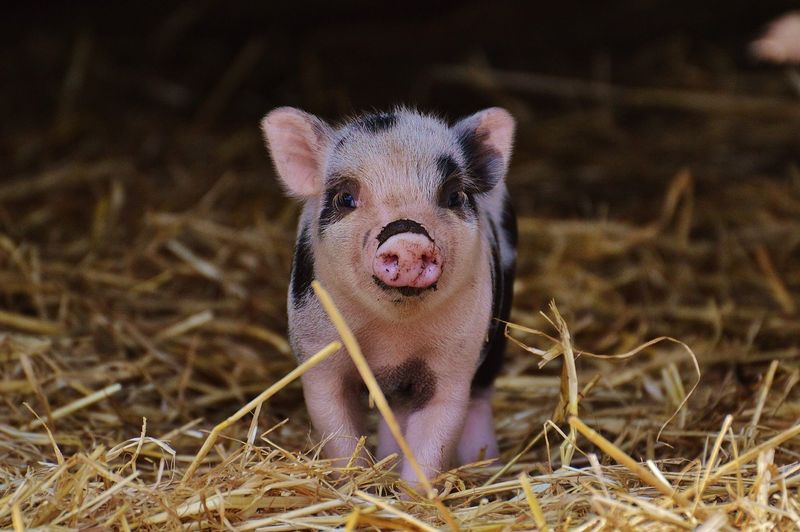
Adorably compact with intelligence surpassing dogs, these pint-sized porkers captivated celebrity pet owners and social media. Buyer beware though, many “micro” pigs continue growing far beyond advertised sizes!
Properly bred miniature pigs typically reach 50-150 pounds at maturity, not the teacup dimensions some breeders promise. These clever omnivores can learn tricks, use litter boxes, and form strong bonds with owners, but require specialized diets to prevent obesity.
14. Wallaby
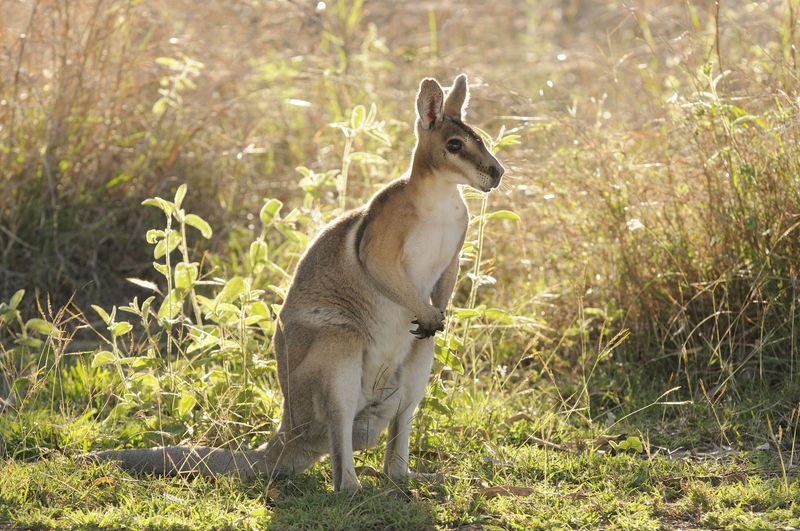
Miniature cousins to kangaroos, wallabies bounce their way into exotic pet collections with their curious nature and pocket-sized joeys. These marsupials require specialized outdoor enclosures with tall fencing, they can jump over 6 feet high!
Legal in only certain states, wallaby ownership demands dedication to their unique needs. Their specialized diet includes specific grasses, vegetables, and wallaby-formulated pellets. Expect a 12-15 year commitment to these hopping Australians.
15. Bengal Cat
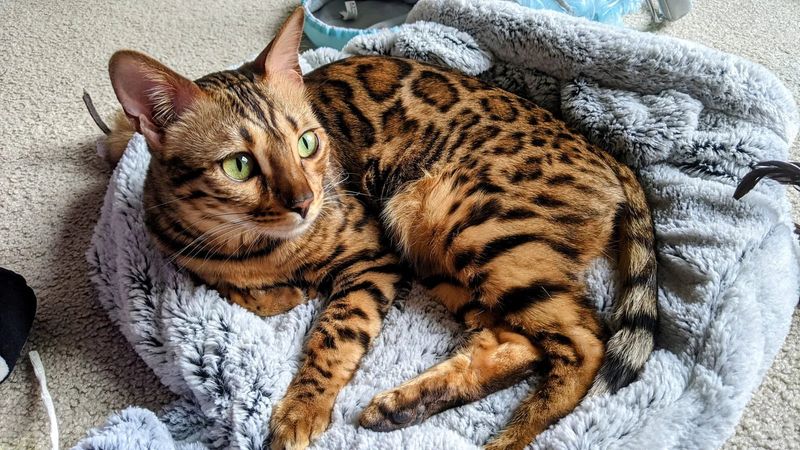
Walking art pieces with wild ancestry, Bengal cats showcase leopard-like rosette patterns on gloriously shimmering coats. Their Asian leopard cat heritage gives them an athletic build and boundless energy that standard housecats can’t match.
Higher generation Bengals (closer to their wild ancestors) command premium prices. These water-loving felines often surprise owners by joining them in showers or baths! Their vocal nature means they’ll happily “discuss” household matters with chatty meows.

